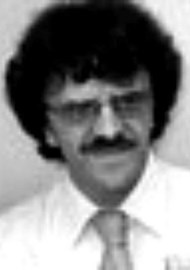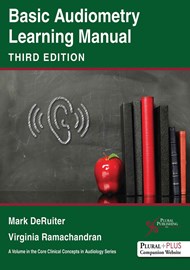Unfamiliar with the first and second editions, it was a pleasure to review the third edition of the Basic Audiometry Learning Manual. As with many of such books available to the market, and as one would expect, there is a focus on the American approach to training audiology students. However, the authors have considered the global perspective, and this is welcome.
Covering everything you wanted to know about the “art and science of clinical audiometry”, this book is concise but also comprehensive – beginning in chapter one with ‘Greeting the patient’ and ending with chapter 24 on ‘Common pitfalls in audiologic evaluation’, a chapter which surely deserves a book of its own. Enroute the most common tests in audiology are covered including middle ear test, pure tone audiometry (dealt with in appropriate pixie steps over six chapters), speech tests and otoacoustic emissions. There are also chapters on Stenger and tuning fork tests, although I would also have welcomed a chapter introducing the reader to electrophysiological tests used in audiology. There are also brief but welcome chapters on interpreting the results and counselling the patient. The latter would have benefited from incorporating the IDA tools for explaining hearing test results.
Each chapter is divided into suitable bite-sized segments: introduction, learning outcomes (we do like these at universities), review of concepts, observation, guided practice and ending with reflection and review, with many useful suggested questions.
Logical and easy to follow, this book has many things to commend it, especially in those countries using exactly the same procedures. This book would be a very useful addition to your library. However, in those countries where there are significant differences to the local recommended procedures, the book should be used with an advisory note and, without guidance from a local tutor highlighting differences, students are liable to get confused.
Overall impression: informative and value for money (especially with access to companion website). Providing one considers the potential challenges already mentioned, this is a welcome book for audiology students and lecturers.





